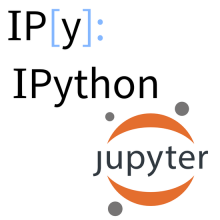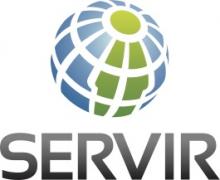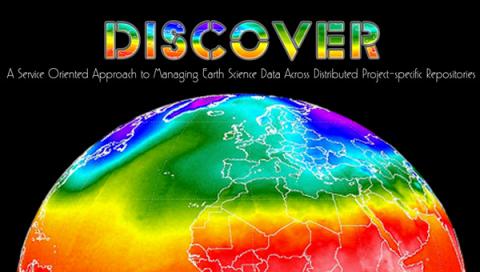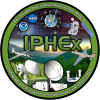
GHRC DAAC has been actively participating in Cloud Analysis Toolkit to Enable Earth Science (CATEES) initiative. GHRC system architect, Manil Maskey has setup a Jupyterhub instance in the Amazon cloud for all the DAACs to upload and share IPython notebooks. GHRC plans to maintain the Jupyterhub instance until NGAP-based permanent solution is available later this summer. Manil has also provided tutorials on using the Jupyterhub and sharing the notebooks. This week, GHRC data recipes and virtual collection creation tool have been uploaded and demoed to the group.


 GHRC DAAC scientist Amanda Weigel and systems architect Manil Maskey presented at the NASA SERVIR Geospatial Information Technology Exchange meeting on April 21. SERVIR information technology representatives from all international hubs attended the meeting, which was held at the National Space Science and Technology Center (NSSTC) in Huntsville AL. Ms. Weigel briefed the group on the NASA Earth Science Data Systems, the NASA Earth Science Data and Information Systems (ESDIS) project and the Global Hydrology Resource Center Distributed Active Archive Center (GHRC DAAC), and demonstrated the Earthdata Search Client. Mr. Maskey led an interactive session on the ESDIS Common Metadata Repository (CMR), using client APIs to perform search and download of EOSDIS data.
GHRC DAAC scientist Amanda Weigel and systems architect Manil Maskey presented at the NASA SERVIR Geospatial Information Technology Exchange meeting on April 21. SERVIR information technology representatives from all international hubs attended the meeting, which was held at the National Space Science and Technology Center (NSSTC) in Huntsville AL. Ms. Weigel briefed the group on the NASA Earth Science Data Systems, the NASA Earth Science Data and Information Systems (ESDIS) project and the Global Hydrology Resource Center Distributed Active Archive Center (GHRC DAAC), and demonstrated the Earthdata Search Client. Mr. Maskey led an interactive session on the ESDIS Common Metadata Repository (CMR), using client APIs to perform search and download of EOSDIS data. The GHRC DAAC has published dataset revisions for two merged satellite products from the DISCOVER MEaSUREs project:
The GHRC DAAC has published dataset revisions for two merged satellite products from the DISCOVER MEaSUREs project:
 The Global Hydrology Resource Center (GHRC) DAAC published NASA Global Precipitation Measurement Mission Ground Validation model datasets from two GPM GV field campaigns:
The Global Hydrology Resource Center (GHRC) DAAC published NASA Global Precipitation Measurement Mission Ground Validation model datasets from two GPM GV field campaigns:




